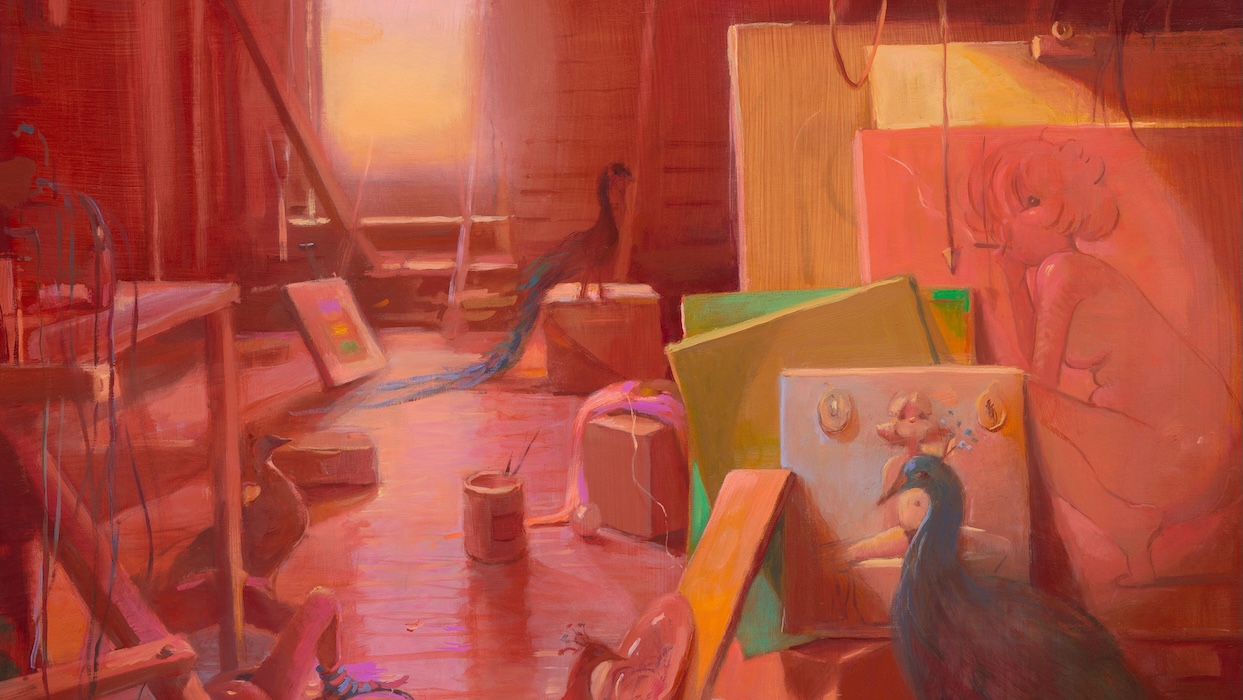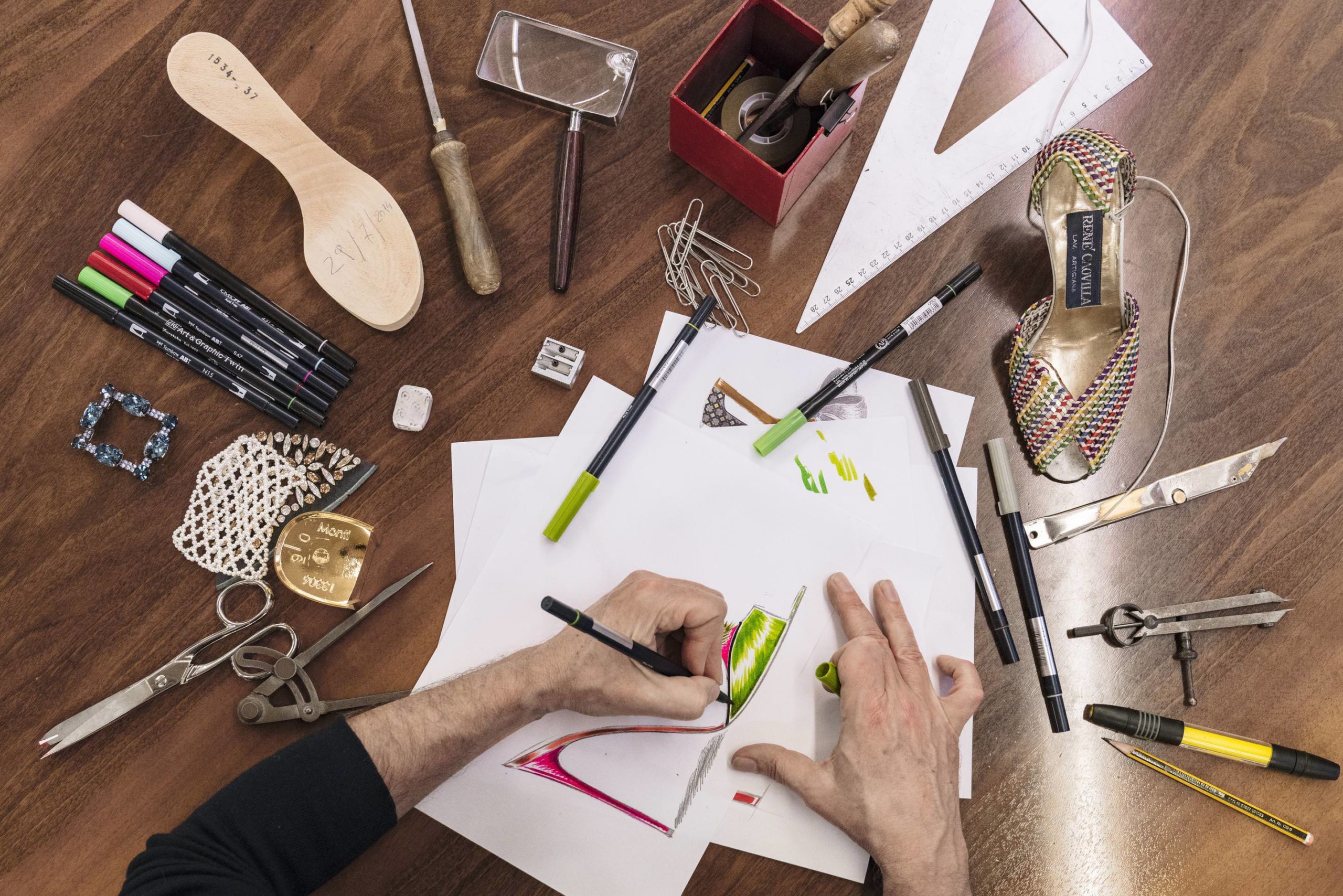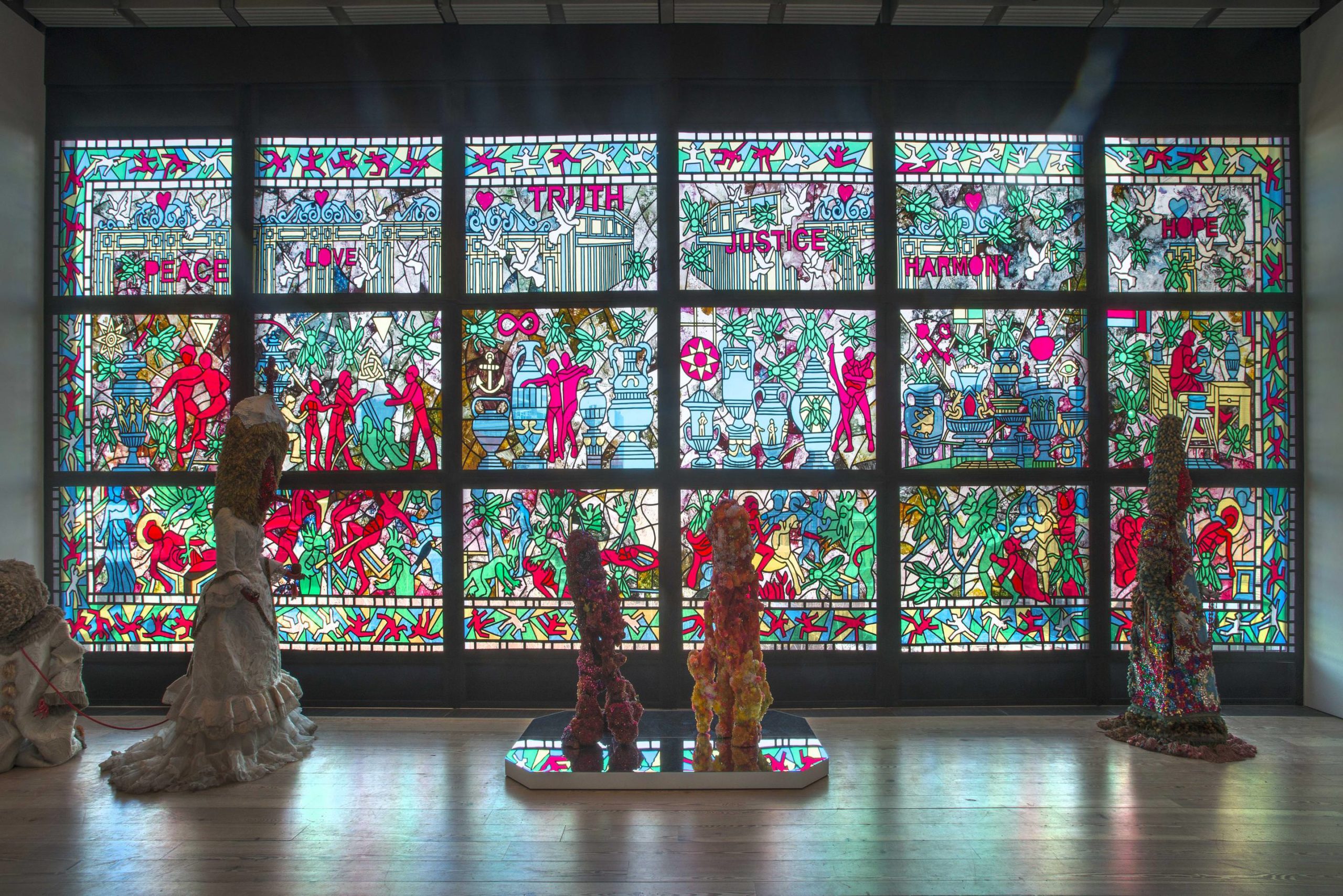Caroline O’Donnell, of Ithaca-based CODA, has been selected as the winner of MOMA and MoMA PS1’s Young Architects Program. In its 14th edition, the program challenges architects to design a temporary, outdoor installation for the PS1 courtyard meant to provide shade, seating, and water for its “Warm Up” summer music series.
Chosen from a larger pool of about 25 entrants, O’Donnell’s winning submission, “Party Wall,” is constructed of the waste product from skateboard-making and ingeniously nods to its Long Island City surroundings by taking on the form of the many billboards and signage seen along the 7 line. Not just another billboard in the skyline, Party Wall also acts as an aqueduct, circulating water throughout the structure, into pools of water and into misting stations.
O’Donnell took time out of her busy schedule to talk with Whitewall about her winning design and the importance of recognizing collaboration in the face of such personal and singled out recognition. Below is the result of two conversations.
WHITEWALL: Walk me through Party Wall – the impetus of the design, the vision, favorite element.
CAROLINE O’DONNELL: We always start by looking at the context of the site. And we think a lot about the word “context.” Not just what it looks like, but also the climatic issues, social aspects, history of the site.
There are five different strands at work that are context-related and have been woven together in this design. One of the things we looked at was the sun, and the movement of the sun around the courtyard. When we were looking at past designs, many of them have been canopies, so we were wondering how we could create shade in the courtyard without building a canopy. We found if we take the canopy and flip it 90 degrees and make a wall, it provides just as much shade.
We were really interested in how this wall will become part of the landscape of Long Island City, which is about billboards and signage. This thing in the end becomes something between architecture and sign.
WW: Do the letters spell anything?
CO: That’s exactly the intention. It’s to make you think, to be kind of frustrated by the knowledge that you know there is something there, but don’t know what it is.
It does say something, but it doesn’t in the form, rather in the shadow itself. The point is that it doesn’t say anything by itself. It goes back to the original concept of never seeing anything alone but in the context of everything else. I feel like the work you have to do mentally is really important.
WW: Sustainability was a parameter in the design competition. You used recycled skateboard material for this project.
CO: We were looking for a material that was part of the waste product of the system. We looked at many, many options, something that was on its way to being recycled. We wanted to prolong that loop.
At first we were thinking wouldn’t it be great if this wall was covered in chairs, and you could take all the chairs off? The original idea was that the skin could interact with, respond, and react to the changing programs at PS1.
WW: Chairs were your original idea?
CO: Yes. Then we found the skateboard materials, and realized it didn’t have to be literally a chair, as long as it’s a panel with similar dimensions, we could make it into a chair.
It became panels with a skateboard-shaped façade. There are panels at the base, which are uncut like the tops of benches, and we are adding legs, so those benches could be used.
WW: The installation is temporary, and temporary isn’t always the most sustainable, so beyond the skateboard materials, how does the design address sustainability?
CO: The water component is a part of this. The water pillows are basically in place of foundations. They are ballasts. They weigh the structure down so it doesn’t fly away. Foundations would be in the ground forever. The water is filled up on site. It’s a temporary solution to a structural problem as well.
WW: Generally speaking beyond Party Wall, tell me about CODA and the philosophy behind your work.
CO: The strategy is always the same. Really taking seriously the question of context and really trying to investigate that deeply. We never come to a project with an idea in mind. It’s not about our vision. It’s about something that’s coming out of the context as us. We don’t always worry about style or how things look.
The way I describe it, is how an animal responds to its environment. The giraffe’s neck is longer because it needs to find the branches at the tops of the trees to eat. It’s really about finding the systematic thing to link into the site.
Caroline O’Donnell was born in Ireland in 1974. She received her B.A.(Hons) and B.Arch with distinction from Manchester School of Architecture, England, where she was awarded the Heywood Medal. She received her Masters in Architecture at Princeton University, and was awarded the Suzanne K. Underwood Prize for exceptional ability and talent in Architectural Design.
O’Donnell has worked on numerous commissions and competitions, both independently and collaboratively. She has worked for firms in New York and Holland. O’Donnell is one of the founding editors (along with Brian Tabolt and Marc McQuade) of Pidgin Magazin and is currently the editor-in-chief of the Cornell Journal of Architecture.
Currently, O’Donnell is the Richard Meier Assistant Professor at Cornell University. She has previously taught at The Cooper Union and Princeton University. Since June 2008, she has been a fellow at Akademie Schloss Solitude, Stuttgart, Germany.










